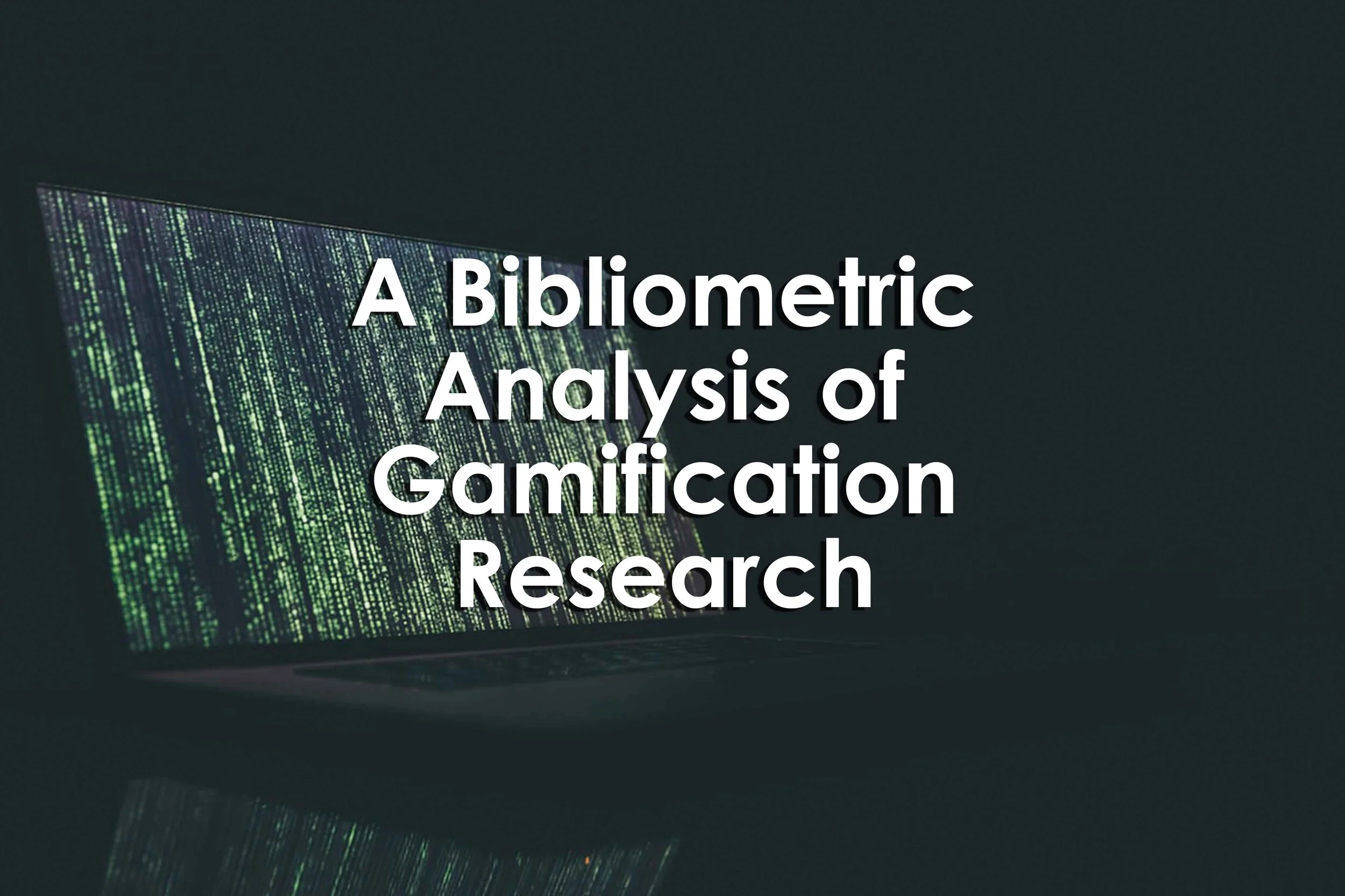A Bibliometric Analysis of Gamification Research
A Bibliometric Analysis of Gamification Research
A Bibliometric Analysis of Gamification Research
By Manuel Trinidad, Mercedes Ruiz, and Alejandro Calderon
Abstract
“Gamification has rapidly emerged as one of the favorite persuasive technologies widely used with the aim of promoting a positive change in the user’s behavior by means of including game-like elements in non-game contexts. As a research discipline, gamification is growing fast, maturing from basic and fundamental questions such as what and why gamify to more mature ones such as how to gamify, when and when not, and still facing empirical and theoretical challenges to prove the effects of its practice and consolidate the principles that guide meaningful gamification designs. The purpose of this paper is to conduct a bibliometric study to describe how gamification as a scientific discipline is structured and how it has evolved over time. To do this, we make use of bibliometric performance analysis and science mapping methods to display and analyze the intellectual, conceptual and social network structures of gamification research, as well as the evolution and dynamical aspects of the discipline. The results reveal the research fronts and intellectual structures of the field, the internal relationships among articles, authors and keywords, the existing networks of collaboration, the emerging trends, the hot topics, and the most influential authors, publications and sources. Together, they picture the intellectual landscape of gamification as a scientific field that will be useful for junior and senior researchers, practitioners, funding agencies and policymakers.”
Reference
Trinidad, M., Ruiz, M., & Calderon, A. (2021). A bibliometric analysis of Gamification Research. IEEE Access, 9, 46505-46544. doi:10.1109/access.2021.3063986 https://ieeexplore.ieee.org/document/9369392/citations
Keyword
Bibliometrics, computers and information processing, gamification, science mapping, research

